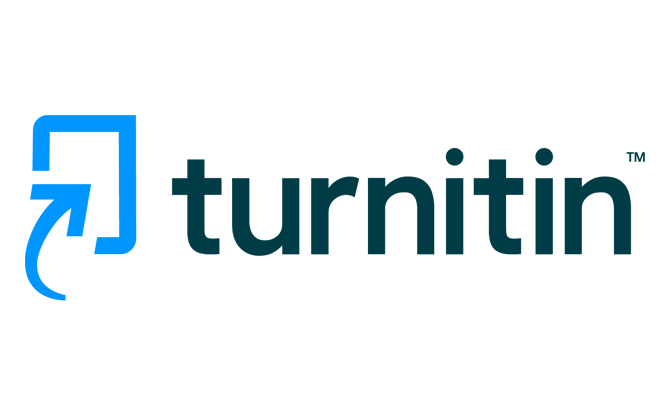Comparison of Broiler Chicken Behavioral Response in Differing Closed House Length throughout the Dry Season
DOI:
https://doi.org/10.32734/jpi.v7i2.2148Keywords:
broiler chicken behavior, heat loss, heat production, dry season, closed houseAbstract
his study aims at comparing the behavioral response of broiler chickens maintained
at different closed house length in the dry season. 600 broiler chickens with an average weight
of 41.30 ± 2.68 g and two closed house units, each with a length of 60 m and 120 m having a
capacity of 11,000 and 22,000 were used. Heat production is represented through eating,
walking, and stretching behaviors. This research observed drinking and resting behaviors of the
chickens. This is descriptive research conducted in the starter period (14 days old) of the
chickens. The results show that the resting and stretching behaviors of chickens residing in the
120 m closed house are higher than those in the 60 m closed house; no difference is observed
in drinking behaviors. The average frequency and duration of walking and eating of chickens
residing in the 120 m closed house are lower than those in the 60 m closed house indicating
that broilers reduce the frequency and duration of walking and eating. The findings show that
chickens raised in longer cages will show behavioral responses representing an increase of heat
loss and a reduction of heat production.
Downloads
Downloads
Published
Issue
Section
License
The Authors submitting a manuscript do so on the understanding that if accepted for publication, copyright of the article shall be assigned to Jurnal Peternakan Integratif as well as TALENTA Publisher Universitas Sumatera Utara as the publisher of the journal.
Copyright encompasses exclusive rights to reproduce and deliver the article in all forms and media. The reproduction of any part of this journal, its storage in databases and its transmission by any form or media, will be allowed only with written permission from Jurnal Peternakan Integratif.
The Copyright Transfer Form can be downloaded here.
The copyright form should be signed originally and sent to the Editorial Office in the form of original mail or scanned document.















